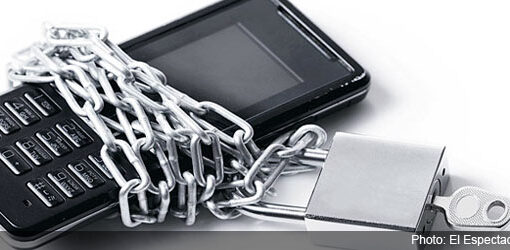 We post this summary of Global Tel*Link’s upcoming presentation “Mobility In Corrections” at the Corrections Technology Association (CTA) 2013 Annual Technology Summit, without comment…
We post this summary of Global Tel*Link’s upcoming presentation “Mobility In Corrections” at the Corrections Technology Association (CTA) 2013 Annual Technology Summit, without comment…
It is a question of when, not if, are secure mobile phones and/or tablets are used by inmates in a correctional setting. There are natural applications for the use of secure mobile phones include; telephone calls, video calls, music and email using the embedded capabilities of today’s mobile phones. Additional applications could include secure text messaging. What if tablets were introduced to inmates? The potential for positive use is greatly enhanced when considering education and training curriculum is downloaded to the tablet. Administrative functionality such as commissary ordering or kites is also within the realm of possibilities.
Clearly, technology is available to integrate all of these applications and more on today’s mobile phones and tablets. The larger question, though, is what are the security and policy implications from introducing mobility in corrections? Could the phones be used as weapons, trade and/or commerce? Are all inmates eligible to use a mobile phone or just select inmates? Are inmates required to purchase a mobile phone or tablet or are they provided at no cost to the inmate? What are the infrastructure requirements for supporting mobile phones such as power outlets for recharging? What types of batteries are required so as not to thwart drug sniffing dogs? Are there additional revenue generating opportunities for correctional facilities such as a limited selection of downloadable movies the inmates may rent? How do these offerings co-exist in an environment where contraband cell phones are not permitted?
A workshop to openly discuss the questions above and many more is the purpose of this overview and discussion. Technology, however, cannot function alone without well thought out policy and guidelines. The potential exists to enable the simultaneous missions of incarceration, rehabilitation and reduced recidivism while ensuring the safety of staff, the inmates and the outside world. Through a successful partnership between corrections and the private sector, these challenges can be achieved.
(For more information on this strategy, see our whitepaper “Reducing the Demand for Contraband Cell Phones in Correctional Facilities” which can be accessed by clicking on the download link to the right.)
- Blockchain System for Compliant Inmate Transactions - March 4, 2025
- Securus Gets the Signal, Eleven Years Later - August 23, 2024
- Multi-Blockchain System for Inmate Forensics - April 2, 2024




